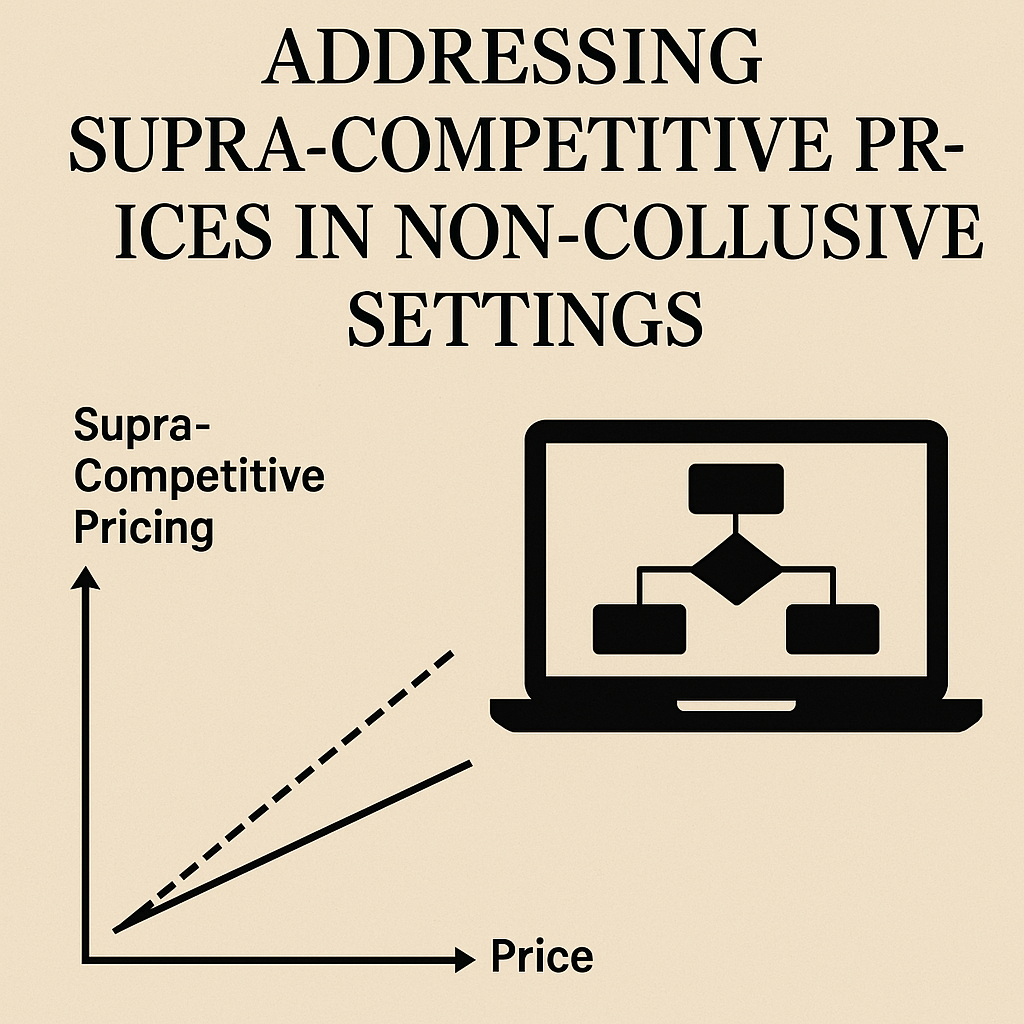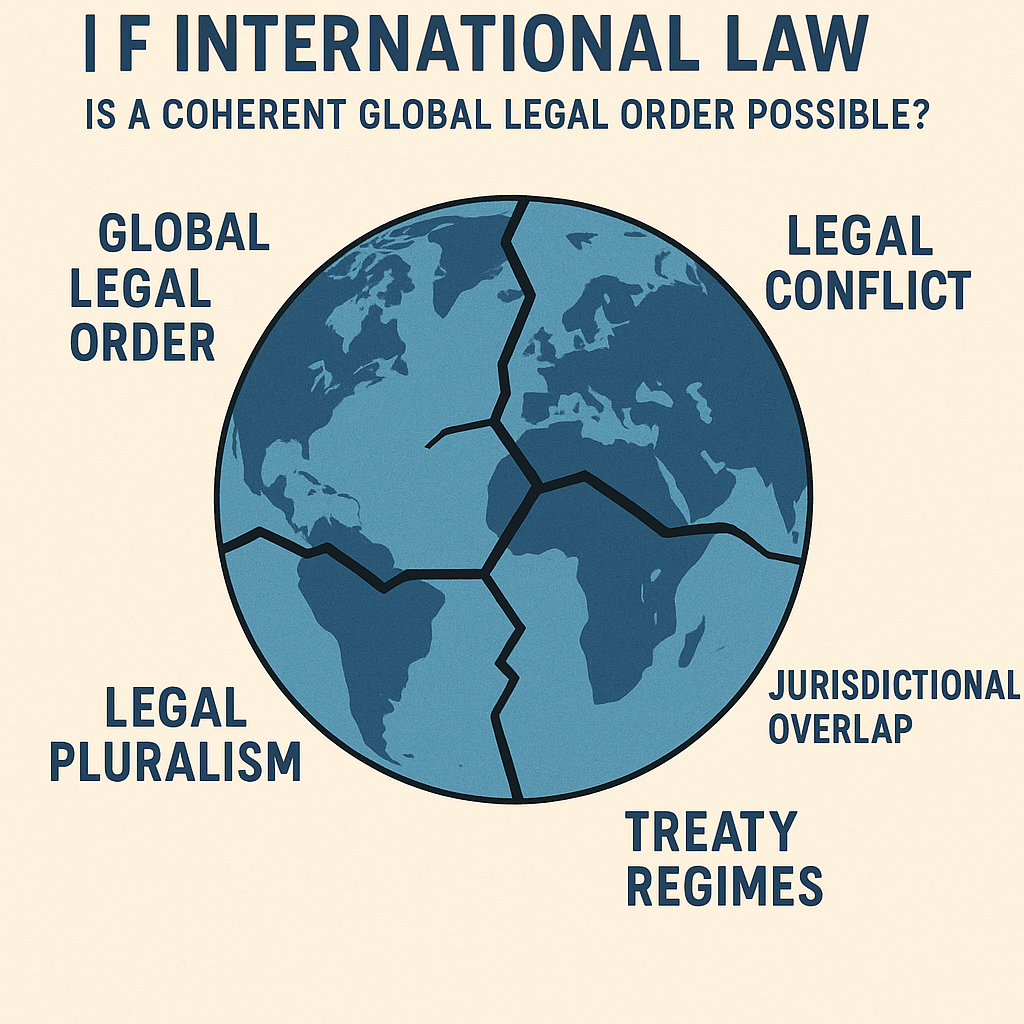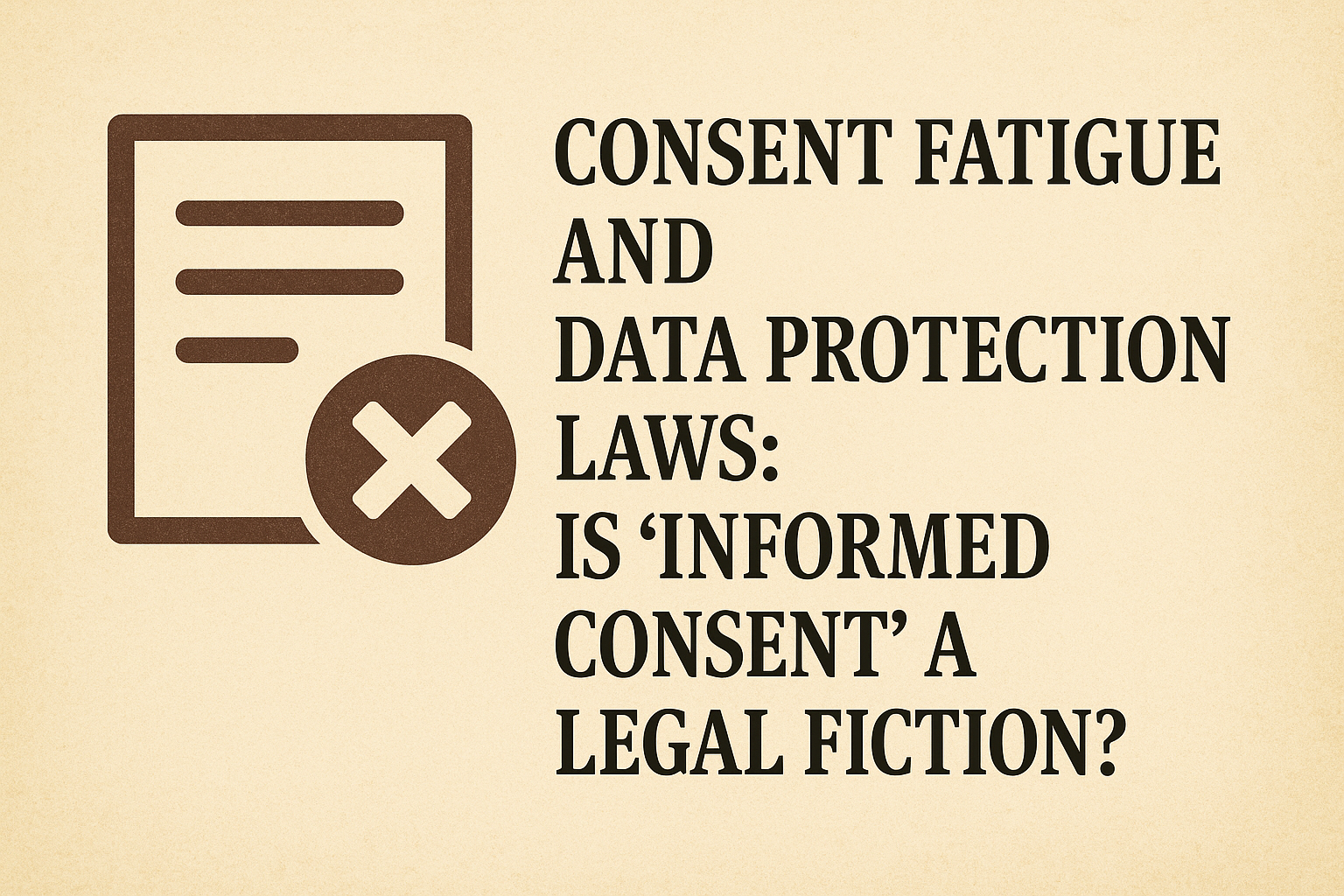Introduction
As digital platforms and algorithmic decision-making become integral to modern marketplaces, a subtle yet significant concern has emerged: the rise of supra-competitive pricing driven not by explicit collusion, but by autonomous algorithmic interactions. These pricing behaviors, though non-collusive in the traditional sense, result in prices that are higher than competitive market outcomes, harming consumers and distorting market efficiency. This phenomenon represents a new frontier in antitrust and regulatory thinking — one that demands urgent attention.
Understanding Supra-Competitive Pricing Without Collusion
Traditionally, collusion implies a coordinated effort among firms to fix prices or limit competition, which is illegal under most antitrust frameworks. However, algorithms—especially those using machine learning and reinforcement learning techniques—can independently learn to sustain higher prices, mimicking collusive outcomes without any human instruction to do so. This occurs as algorithms adapt to market conditions, competitor behavior, and historical data to maximize profits.
Examples include:
-
Dynamic pricing bots used in e-commerce platforms that monitor and respond to competitors’ prices in real time.
-
Airline fare algorithms that adjust ticket prices based on competitor moves and demand forecasts.
-
Online marketplaces where pricing algorithms optimize for profit margins across thousands of SKUs simultaneously.
In such environments, algorithms may settle into a stable pricing equilibrium that discourages undercutting, effectively leading to “tacit algorithmic collusion.”
Why This Matters: The Hidden Cost
The core issue lies in consumer harm:
-
Higher Prices: Consumers end up paying more than they would in a truly competitive market.
-
Reduced Competition: New entrants may struggle to undercut prices due to automated retaliation from incumbent pricing algorithms.
-
Opacity: Algorithms operate as black boxes, making it difficult to detect or prove anti-competitive behavior.
Moreover, the cost is systemic: once such pricing norms are established across an industry, the entire competitive dynamic can shift, potentially resulting in long-term market distortions and loss of consumer trust.
Challenges in Detection and Enforcement
Regulators face unique challenges:
-
No Direct Communication: Traditional antitrust relies on proving agreements or intent. Algorithmic pricing often lacks evidence of human coordination.
-
Legal Gray Areas: If algorithms independently learn to avoid price wars, is it still unlawful?
-
Technical Complexity: Understanding the inner workings of proprietary algorithms requires technical expertise and often cooperation from the firms involved.
These hurdles make enforcement difficult under existing competition law frameworks.
Policy Considerations and Potential Solutions
To address the issue, a multi-pronged approach is needed:
1. Redefining Legal Frameworks
Regulators may need to evolve antitrust doctrines to recognize and address “tacit algorithmic collusion”, even when no explicit agreement exists. This includes clarifying that firms are responsible for the outcomes of the algorithms they deploy.
2. Algorithmic Transparency and Audits
Mandating greater transparency for high-impact pricing algorithms, including:
-
Algorithmic audit trails
-
Explainability requirements
-
Regular monitoring by neutral third parties
This can help identify problematic behaviors before they become systemic.
3. Algorithm Design Guidelines
Encouraging or requiring firms to build algorithms that explicitly avoid anti-competitive equilibria. For example, by embedding constraints that penalize sustained supra-competitive pricing or reward competitive price movements.
4. Collaborative Regulatory Sandboxes
Creating experimental environments where firms, regulators, and academics can observe and test algorithmic interactions in controlled settings. This would provide insights into emergent behaviors and inform future policy.
Conclusion
The emergence of supra-competitive pricing in non-collusive settings represents a paradigm shift in the way we understand market competition. Algorithms, though inherently neutral, can inadvertently create anti-competitive outcomes through rational profit-seeking behaviors. As technology continues to shape commerce, regulatory frameworks must evolve to ensure that innovation does not come at the cost of fair competition and consumer welfare.
The challenge lies not just in detecting these behaviors, but in designing a system that can anticipate, mitigate, and adapt to the unintended consequences of algorithmic decision-making. Only then can we truly realize the promise of fair, efficient, and competitive digital markets.








